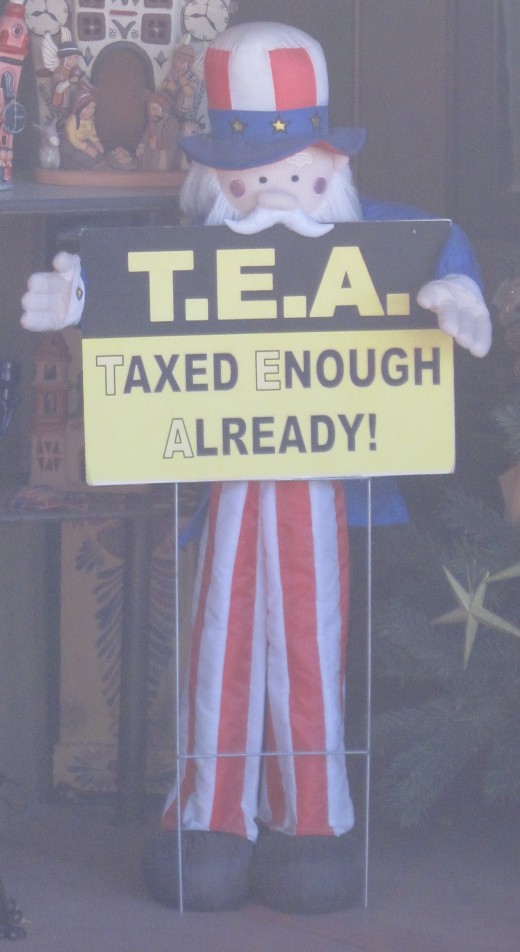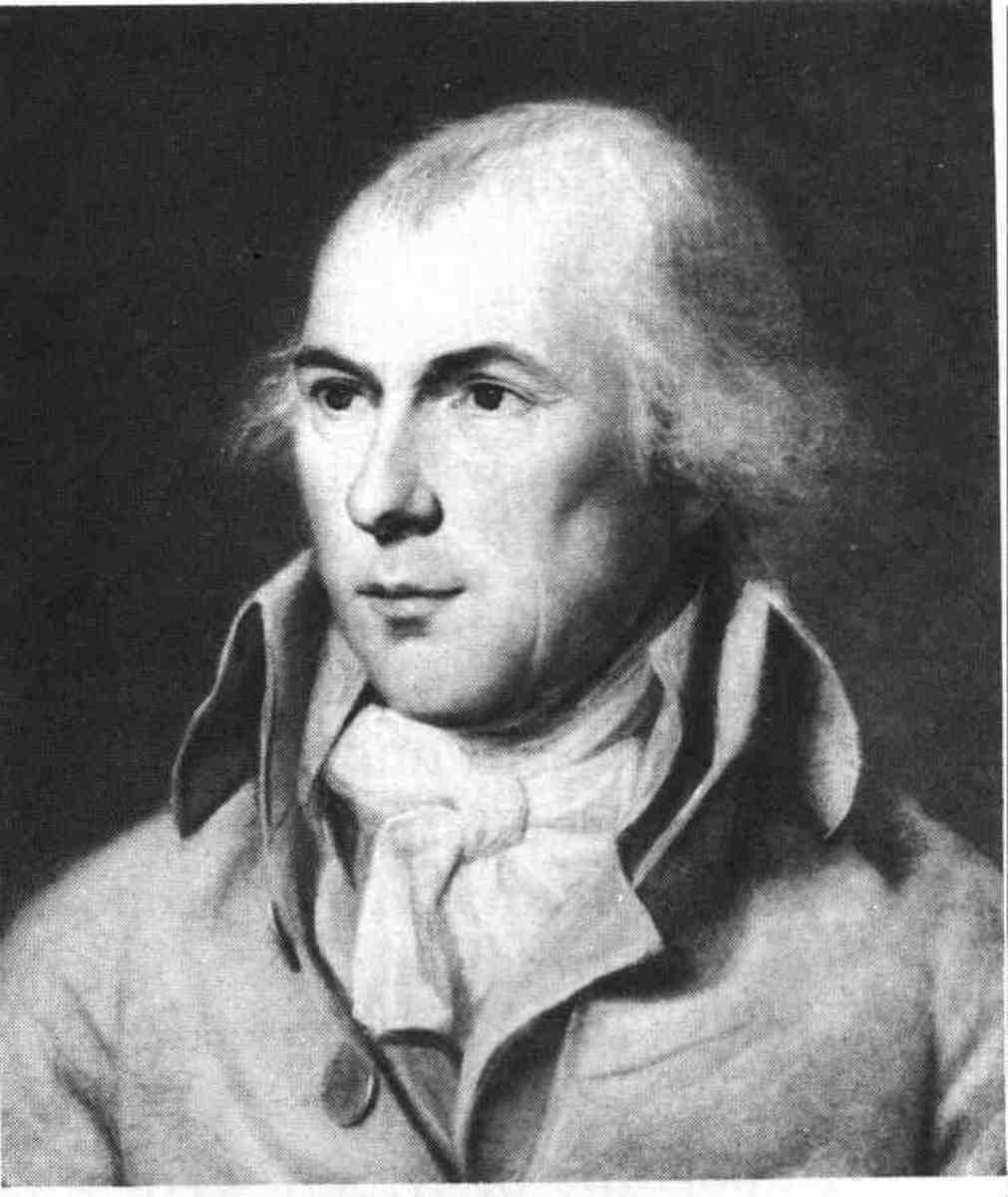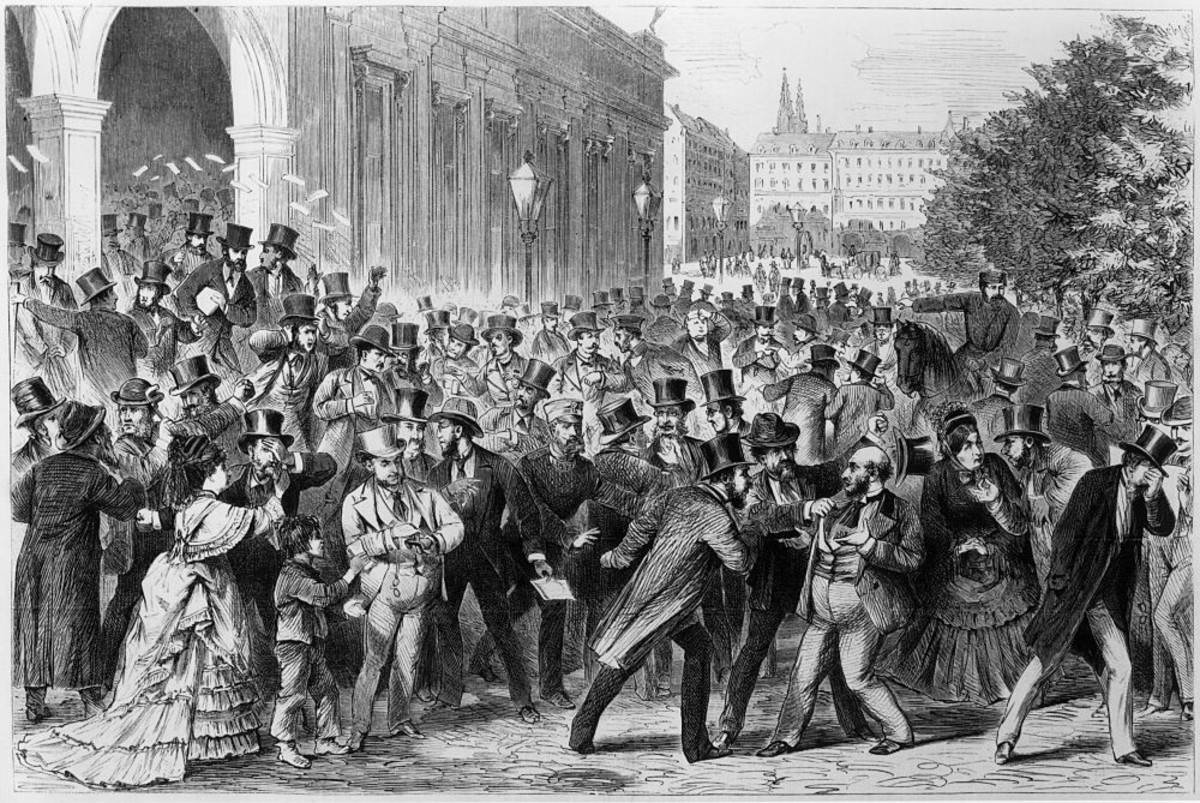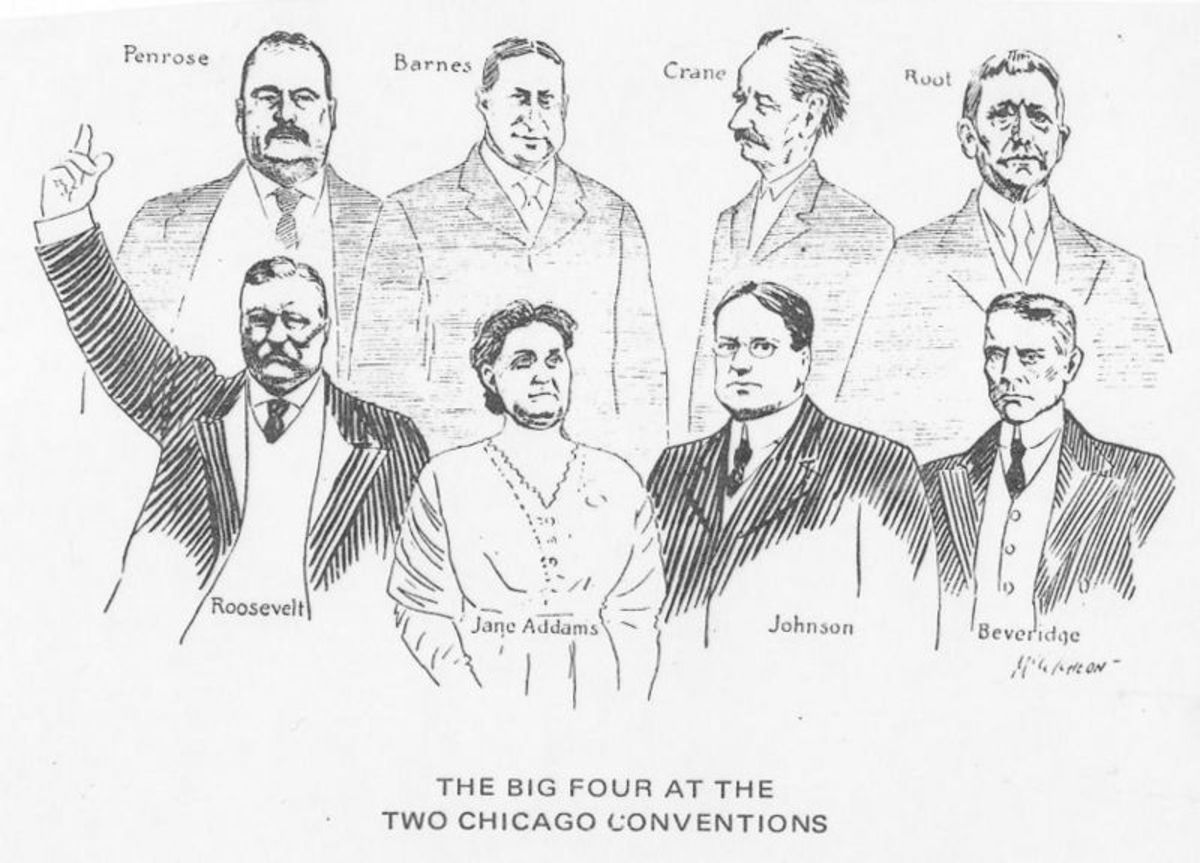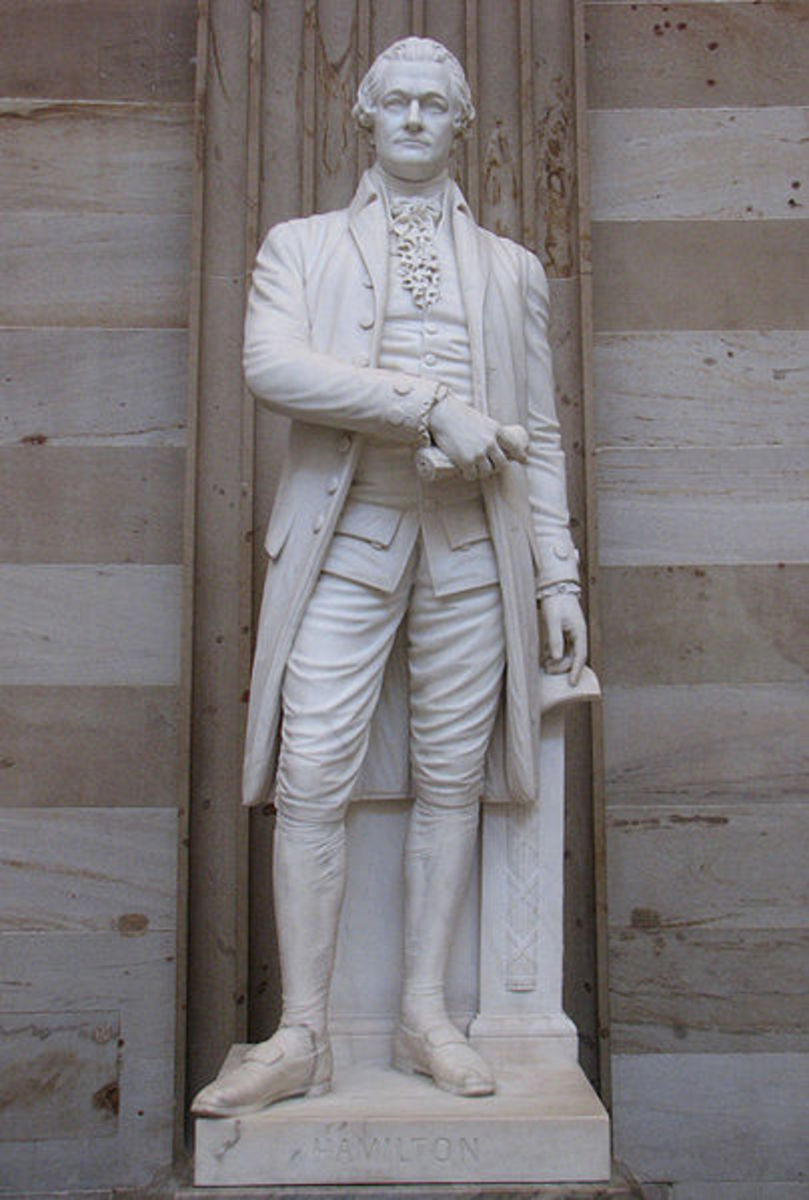The Tea Party Movement and Americans' Historic Belief in Small Government and Freedom
Predident Obama's First 100 Days Were no Honeymoon
Ever since the start of President Franklin Roosevelt's first term as President in 1933, the left leaning mainstream media has been obsessed with a new president's first 100 days in office.
Like political Progressives in general, reporters tend to view the passage of additional laws to be the main function of government.
It doesn't matter whether the laws are good or bad, in the eyes of liberal media, success for a President or member of Congress is measured in terms of how much legislation they manage to pass.
President Franklin D. Roosevelt
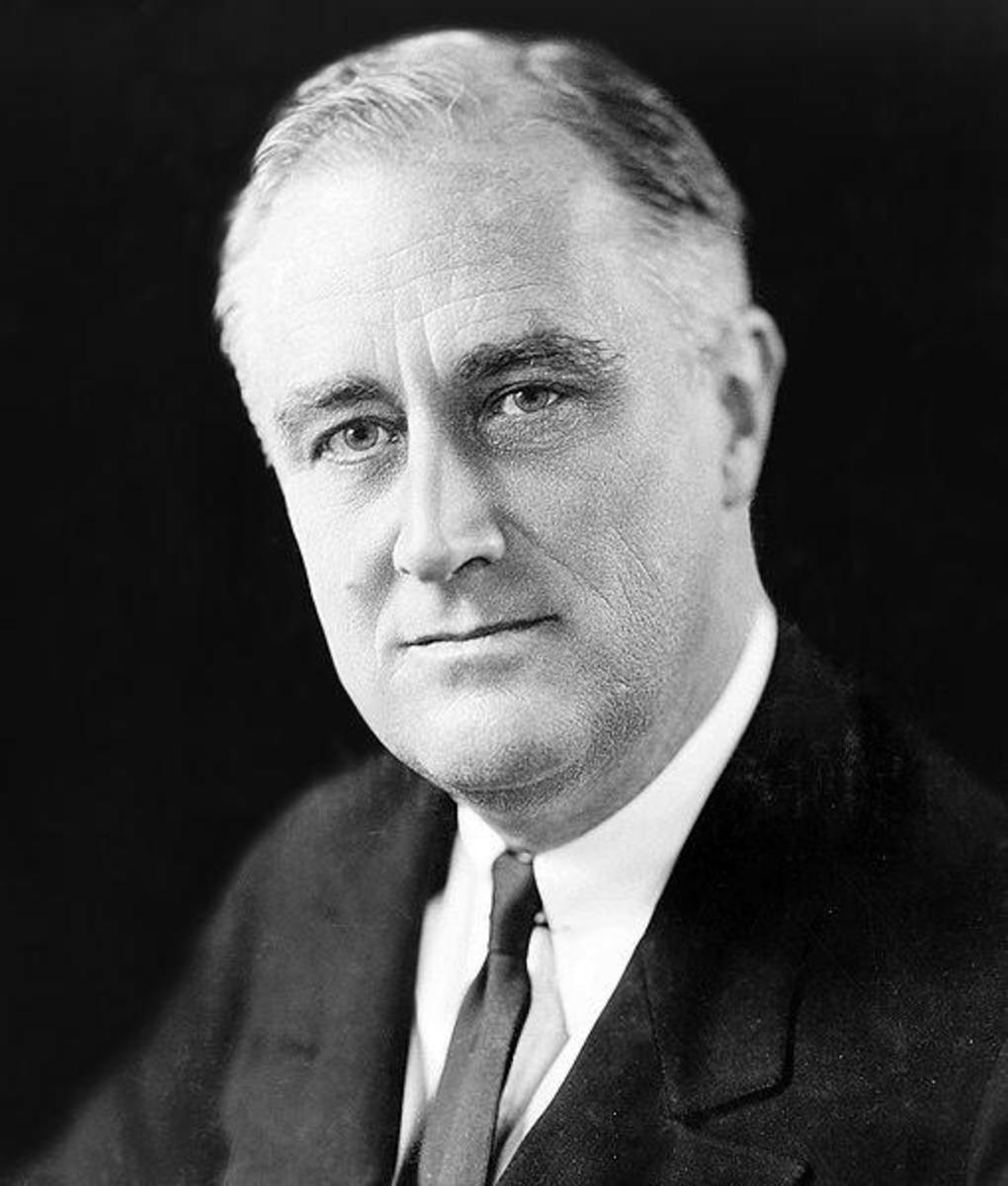
The first 100 days of a new President's term is a good time to get legislation passed.
After all, the new President was the victor in the recent election and the people must have liked the program he promised to enact because a majority (or at least a plurality of those who did vote) of them voted for him.
Americans are basically a fair minded people and in politics, as in sports, losers are usually graceful and let the winners have their moment of glory before challenging them in the next event.
Thus this brief, 100 day or so, honeymoon period is usually a new President's best opportunity to get legislation passed without too much of a fight.
Things Turned Out to be Different for President Obama
However, for President Obama things turned out differently.
After winning by a comfortable margin by campaigning on the promise to hold the line on taxes and spending as well as changing the way things are done in Washington, President Obama immediately began angering people when he suddenly switched from the moderate tone of his campaign and began making clear his intention to push the nation's politics to the left.
He also quickly abandoned the fiscal conservative tone of his campaign and launched a frenzy of spending and tax increase plans that were guaranteed to deepen and prolong the severe recession the nation was in at the time.
President Obama Angered Many With his Radical Proposals
It was no surprise that the people's anger began to rise along with growing opposition to his policies and ideas.
This opposition included many political moderates and independents who had been responsible for his victory in the 2008 election. It was obvious that anger and opposition were building. But, lacking organization and leadership the opposition lacked punch and focus.
Normally, the opposition Republican Party would have led the opposition to the new President.
However, following their massive defeat in the election in which many Republicans and Conservatives either voted for opposing candidates or sat out the election. This was their way of responding to the way the Republican Party's elected officials had abandoned their small government conservative philosophy and had governed as if they were big government liberals.
A large and growing portion of the population was basically disillusioned and disgusted with politicians as a class regardless of party.
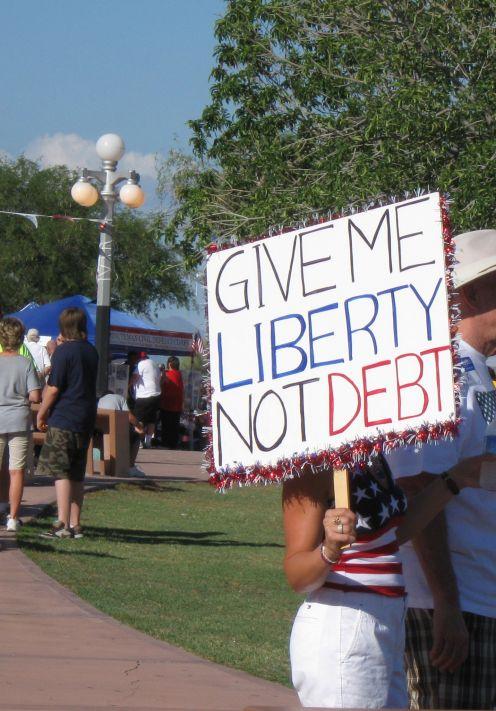

A News Commentator's Comment Launches a Political Movement
Then, on February 19th, one day short of President Obama's first month in office (he was sworn in as President on January 20, 2009) CNBC financial commentator Rick Santelli, reporting from the floor of the Chicago Mercantile Exchange, lit the match that ignited the smoldering anger and turned it into a wild fire of protest that swept the nation.
Following a tirade against the President's plan to take tax dollars from American families and use them to pay the mortgages of people who had recklessly and often illegally (lying on the loan application of a federally insured bank is a crime) borrowed money, that they knew they couldn't afford to pay back, to buy homes that they couldn't afford.
Santelli ended by saying he wanted to invite people to join him on the shores of Lake Michigan the next Fourth of July to throw tea bags in the water as a symbolic protest.
Of course one of the rallying points of the American Revolution, this nation's first tax revolt, was the famous Boston Tea Party in which patriots attacked and emptied the tea from the holds of merchant ships in Boston Harbor and dumped it into the ocean.
This was to prevent the tea from being sold thereby preventing Britain's King George III from collecting his three cent a pound tax on the sale of the tea.
Immediately, people began expressing their outrage with the Administration's runaway government spending. They did this first by flooding the mail room of Congress with envelopes containing tea bags and then by peacefully gathering together and protesting in their communities.
The media and politicians initially ignored the protests and assumed that the movement would soon disappear.
To the politician's and media's surprise, April 15th, 2009, Tax Day, saw large tea party demonstrations all over the nation. Many in Washington assumed that would be the final outburst, but the protests continued to grow.
Members of Congress soon found themselves being called upon in their town hall meetings by constituents demanding answers to pointed questions and having to try to defend their actions in Washington.
Many of these self styled ruling elite were so shocked by the audacity of mere citizens questioning their actions that they fled back to the safety of Washington.
The Fourth of July brought more tea parties. And, as the numbers attending tea parties grew the President's and especially Congress's approval numbers fell accordingly.
Tea Party Movement Courts the Republican Party
While Tea Party members share fiscal conservative and small government values, they represent a cross section of Independents, Democrats and Republicans.
Being nominally the party of small government and fiscal conservatism, the Republican Party is beginning to welcome and work with the Tea Party movement.
However, in many ways this growing relationship between the Republican Party and the Tea Party Movement is not so much Republican leaders and officials embracing the Tea Party Movement as it is Tea Party activists running in, and winning, races for ward leaders and other ground level positions in the party.
At the same time, others are either running against big government/big spending Republican candidates in primary elections or throwing their support behind fiscal conservatives opposing incumbent big spending Republicans.
Tea Party members are also going after candidates in state and local races as, while they favor states rights and a devolution of power from Washington to the states, they are also against big government and out of control spending at the state and local level as well as at the Federal level.
Contrary to what many critics are claiming, the Tea Party is not an arm of the Republican Party, but rather, is using the Republican Party as a tool in the Tea Party's quest to shrink government.
By getting its people elected to grass roots level posts within the Republican Party, the Tea Party movement is gaining influence and control at the ward level of the party and positioning itself to challenge entrenched Republican Party leaders who are satisfied with the political status quo.
At the same time, by challenging big government candidates and supporting small government candidates, they are repositioning the Republican Party as the party of small government.
Taxed Enough Already!
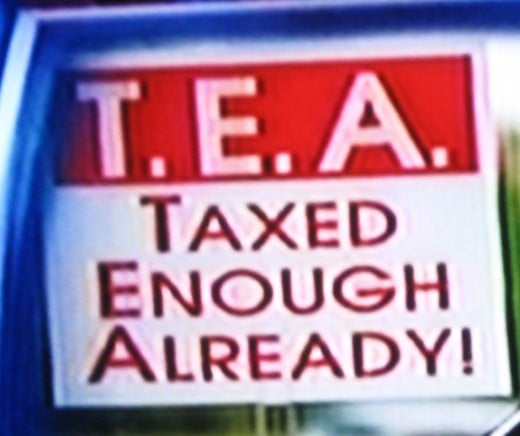
A Continuation of the 1970s Tax Revolt
While the Tea Party Movement is still in its infancy, it is part of a larger trend toward small government, low taxes, individual liberty and a return to a more narrow or strict interpretation of the Constitution.
This movement goes back at least to the tax revolt which started with the enactment of California's famous Proposition 13 in 1978. Despite repeated announcements of its demise by the liberal mainstream media, the tax revolt continues.
However, the tax revolt and the modern conservative movement is really the reemergence of a stream of American political thought that pre-dates the enactment of our present Constitution and that is the debate between the Federalists and Anti-Federalists over the size and role of the Federal Government in citizens' lives.
Articles of Confederation and Small Government
The United States had a central government and written constitution, known as the Articles of Confederation, from shortly after the signing of the Declaration of Independence in 1776 to the publication of the present Constitution in 1787.
While the government under the Articles of Confederation served us well, many leaders, such as George Washington, Alexander Hamilton, James Madison, etc., felt that we needed a stronger central government in order to survive.
While all of these men believed that we needed a stronger central government, there was debate among them as to how big and powerful the government should be. The result of their work was a Constitution that created a government of checks and balances intended to prevent it from becoming too big and powerful as well as clearly defined definitions as to what the Federal Government could and could not do.
The Constitution was intended not simply as a blue print for how the government was to be set up but, more importantly, as document that protected the American people from the government by clearly spelling out the limits of government powers.
However, despite the efforts of men like James Madison who crafted language and divided powers so as to limit the government's ability to become a threat to freedom, many people opposed the Constitution fearing that the Federal government would eventually grow and become too powerful at the expense of the people's rights and freedoms.
In the view of the nation's founders, sovereignty resided in the people and not the government. In this view it wasn't the government giving rights to the people but the people giving up some of their rights and freedom to the government in exchange for the security they could obtain by banding together and forming a government.
Because of these fears, the proposed Constitution met with fierce opposition and debate before being approved by the thirteen states.
Re-Emergence of Anti-Federalist Cause
Opponents of small government were down but not out and they began to re-emerge following the death of President Roosevelt and his nearly two-decade long economic depression. A depression that had continued mainly because of the ill conceived economic policies championed by the Progressives.
The Tea Party Movement, with its emphasis on small government, individual liberty and a close reading of the Constitution and Bill of Rights, is simply a continuation of America's ideals of liberty and small government - ideals that caused our ancestors to rise up and declare our independence from the autocratic rule of King George III.
Anti-Federalists Insist Bill of Rights Be Added to Constitution to Protect Individuals from Big Government
Political lines divided with those favoring the proposed Constitution being known as Federalists and those opposed being known as Anti-Federalists.
While the Federalists ultimately won and succeeded in getting the Constitution approved by the states it took nine months, from September 1787 when it was published until June 1788 when the ninth state (the framers required that 3/4 of the 13 states ratify it before it became effective and replaced the Articles of Confederation), New Hampshire, ratified it. Rhode Island, the 13th state to ratify it, did not give its approval until May of 1790 when it was narrowly approved by that state's legislature with the margin of victory being two votes.
In addition to being narrowly approved by some other states (the New York legislature approved it by a margin of 3 votes and Virginia by a margin of 10 votes) many states included in their ratification legislation a call for a Bill of Rights to be added to the Constitution to further limit the power of the Federal Government.
The debate over the size and power of the Federal Government continued after the ratification of the Constitution and the establishment of the new government under it. While the Anti-Federalists failed in their attempt to retain the then existing system under the Articles of Confederation they did succeed in having the Bill of Rights enacted which included the Ninth and Tenth Amendments aimed directly at curbing Federal power:
ARTICLE IX: The enumeration in the Constitution, of certain rights, shall not be construed to deny or disparage others retained by the people.
ARTICLE X: The powers not delegated to the United States by the Constitution, nor prohibited by it to the states, are reserved to the states respectively, or to the people.
While more or less forgotten and ignored by today's Progressives, these two articles can act as barriers to encroachments on our freedoms by the powers in Washington.

Federalist Ideas Triumph Following Civil War
The debate between the Federalists and Anti-Federalists continued in George Washington's Cabinet following the start of the new government with Secretary of State Thomas Jefferson championing limited government and Secretary of the Treasury Alexander Hamilton (who would have preferred the creation of a monarchy) championing the cause of big government with vast powers of coercion.
This debate led to the formation of political parties with followers of Hamilton organizing into the Federalist party and those of Jefferson into the Democratic-Republican party (ironically, today's Republican Party was founded by the political descendants of the old Federalists while Jefferson's Democratic-Republicans became today's Democratic party which was hijacked by big government Progressives in the twentieth century).
The Civil War saw the ascendancy of the supporters of big government and from the Civil War to the end of Franklin Roosevelt's New Deal, big government was the order of the day with the Constitution being viewed by those in power as an inconvenient obstacle to be navigated around.
With the media and academia joining with Progressive politicians in promoting big government as the solution to all of society's ills, the political descendants of the Anti-Federalists and their support for small government and individual liberty found themselves religated to the political sidelines.
